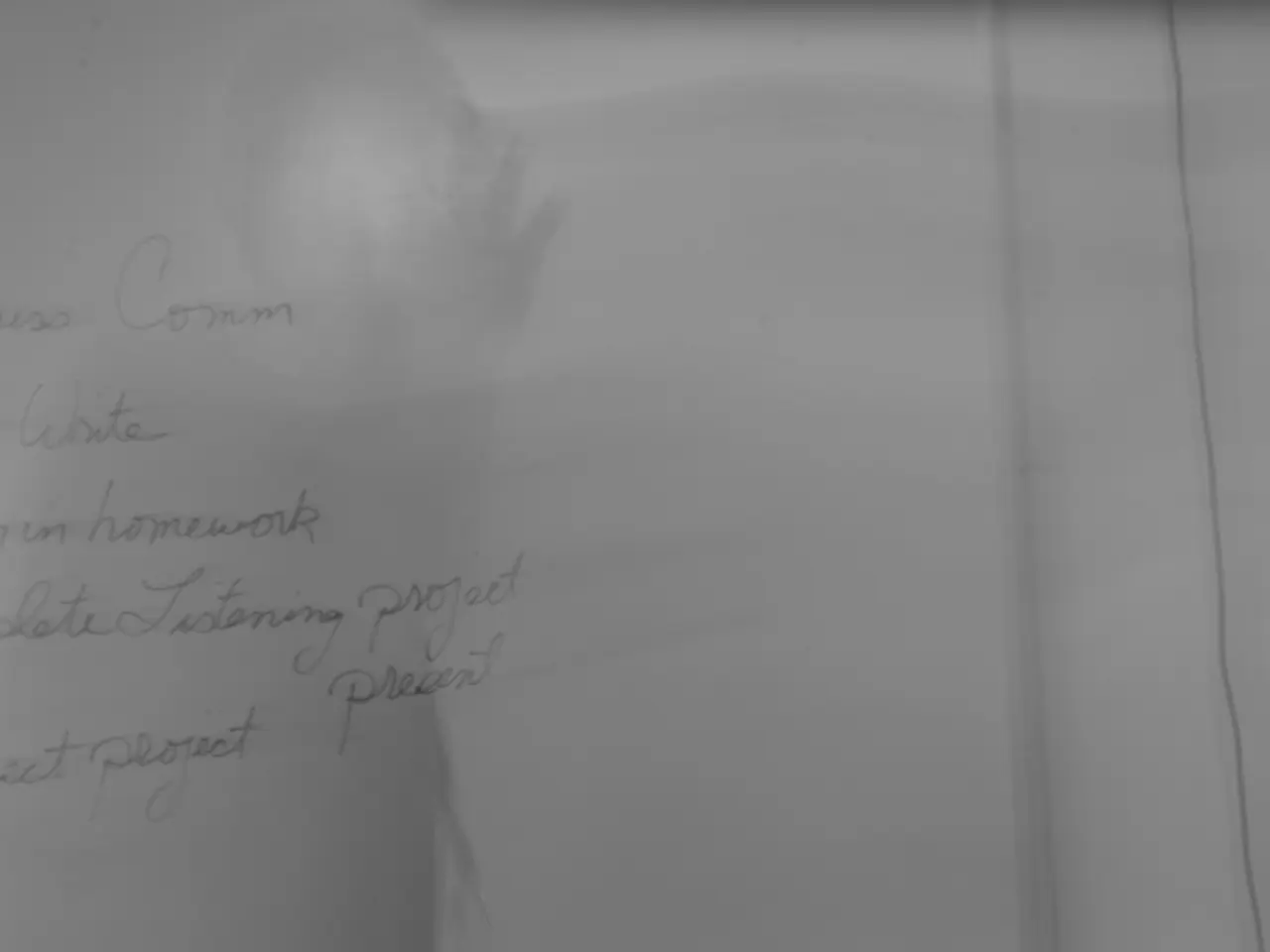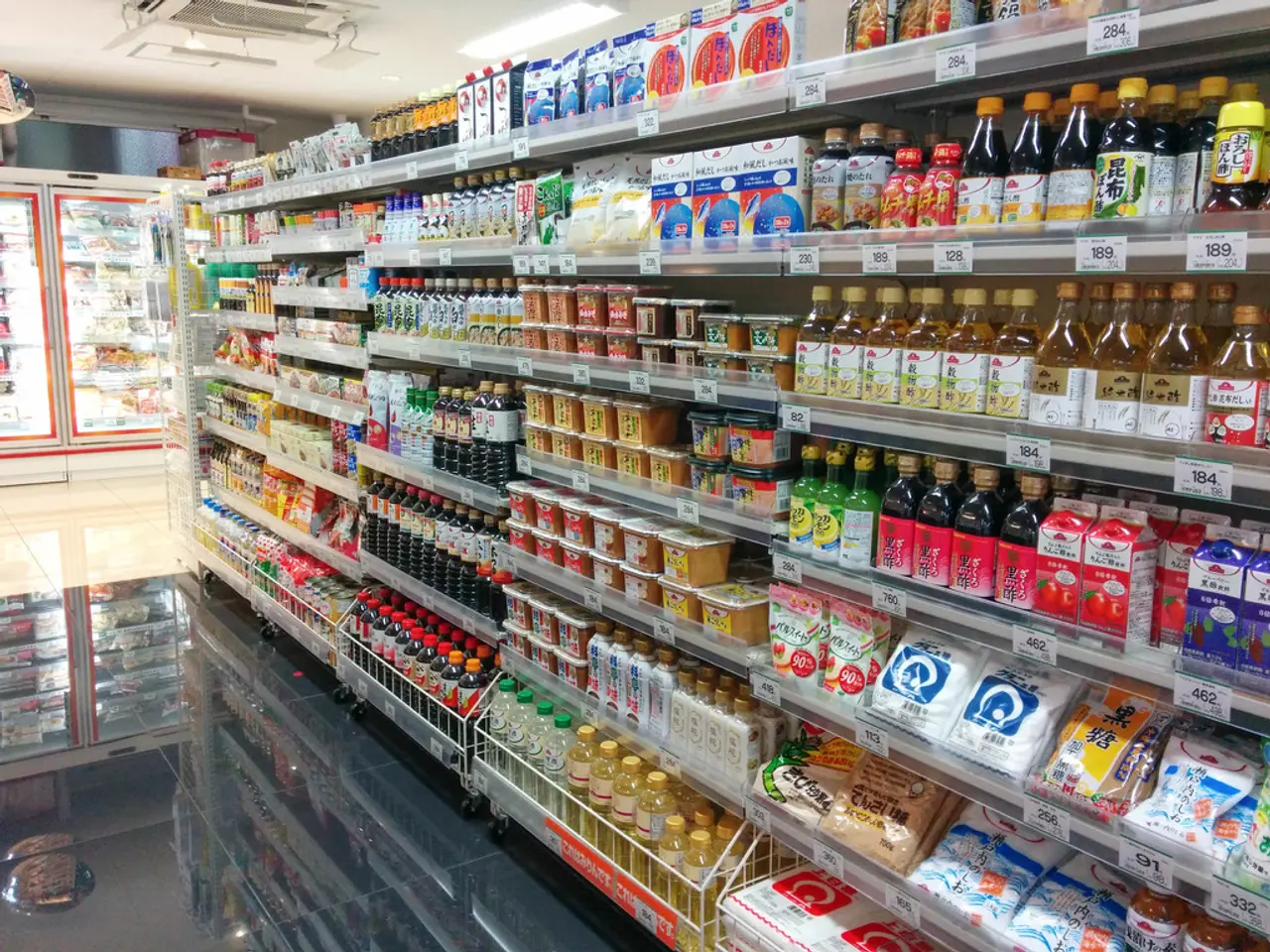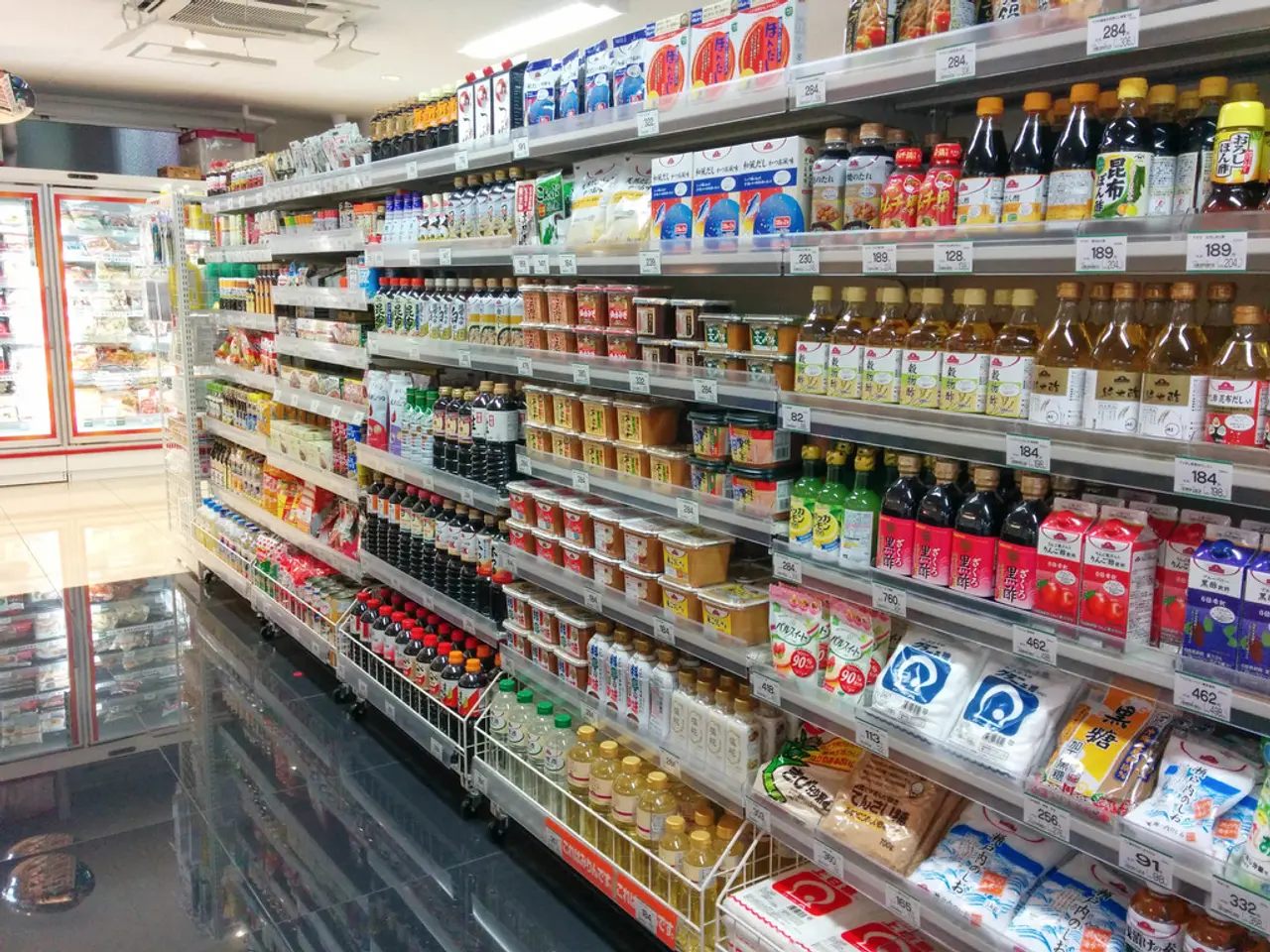Tariffs set by the U.S. administration are not set to take effect until August 7th.
The legal battle over the tariffs imposed by the Trump administration under the International Emergency Economic Powers Act (IEEPA) continues, with the status of these tariffs remaining uncertain.
As of now, the tariffs remain in effect due to an administrative stay on a lower court's injunction issued by the Court of Appeals for the Federal Circuit [1]. In May, the Court of International Trade in New York ordered a blockade on these tariffs, but this ruling is stayed pending appeal [1][4].
The key legal question is whether the IEEPA grants the President the power to impose tariffs on imports as a national emergency response. This is not an established use of IEEPA, which historically has been used to impose sanctions on foreign entities rather than broad import tariffs [2][4].
The federal appeals court heard arguments in late July on the legality of these sweeping tariff measures. The appellate court justices appeared skeptical of the government's argument but have not yet issued a ruling [2][4].
Meanwhile, the White House has published a list of nearly 70 countries and the EU, each with specific tariff rates. The list includes countries such as the United Kingdom, Switzerland, and Japan. Trump justifies the higher tariff on Canada due to insufficient efforts to combat drug trafficking, while accusing affected trading partners of imposing high tariffs or not opening their markets enough for imports from the United States [3][5].
The new tariffs will apply to imports from the European Union and will not take effect this Friday, but on August 7. Trump justifies these tariffs as a means to address an imbalance in trade with other countries [3][5]. However, the government does not have the authority to impose far-reaching tariffs under the guise of a national emergency, according to the New York court [4].
The invoked emergency law does not mention the word "tariffs," and the appeals court has expressed skepticism about its application to tariffs [4]. Trump argues that trade deficits with other countries pose a national security risk, but the ultimate legality of these tariffs is pending the Federal Circuit's final ruling [1][4].
In the meantime, new executive orders adjusting tariff rates continue to be issued and implemented [3][5]. Canada will face a 35% tariff on imports into the United States, starting August 1 [3][5].
References:
[1] CNN, "US tariffs on China, Europe, and other countries remain in effect," July 31, 2025, https://www.cnn.com/2025/07/31/business/us-tariffs-china-europe-stay-in-effect/index.html
[2] Washington Post, "Federal appeals court hears arguments on Trump's tariffs," August 1, 2025, https://www.washingtonpost.com/business/economy/federal-appeals-court-hears-arguments-on-trumps-tariffs/2025/08/01/11a04114-e43d-11e6-947a-d3a5cb8f814d_story.html
[3] New York Times, "White House publishes list of countries and EU with specific tariff rates," July 28, 2025, https://www.nytimes.com/2025/07/28/business/white-house-tariff-list.html
[4] Reuters, "Court of International Trade blocks Trump's tariffs, government appeals," May 20, 2025, https://www.reuters.com/article/us-usa-trade-tariffs-idUSKCN0Y01J2
[5] Bloomberg, "Trump announces new tariffs on imports from abroad," July 25, 2025, https://www.bloomberg.com/news/articles/2025-07-25/trump-announces-new-tariffs-on-imports-from-abroad
- The tariffs imposed by the Trump administration, intended to address trade deficits, are currently under legal debate, with the Court of Appeals for the Federal Circuit yet to rule on their legality.
- The new tariffs, including those on imports from the European Union, are planned to take effect from August 7, despite doubts expressed by the Court of International Trade and the New York court about their legitimacy under the International Emergency Economic Powers Act (IEEPA).
- The uncertain status of these tariffs, instituted by the IEEPA, raises questions about the extent of policy-and-legislation in shaping finance-related aspects of industry and business, especially in light of political decisions and general-news coverage.




